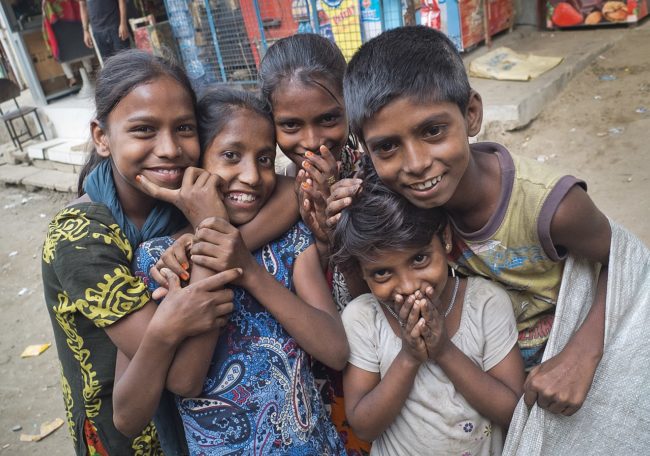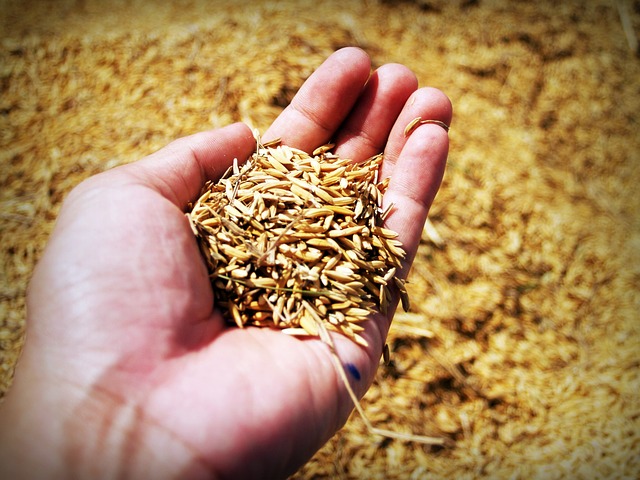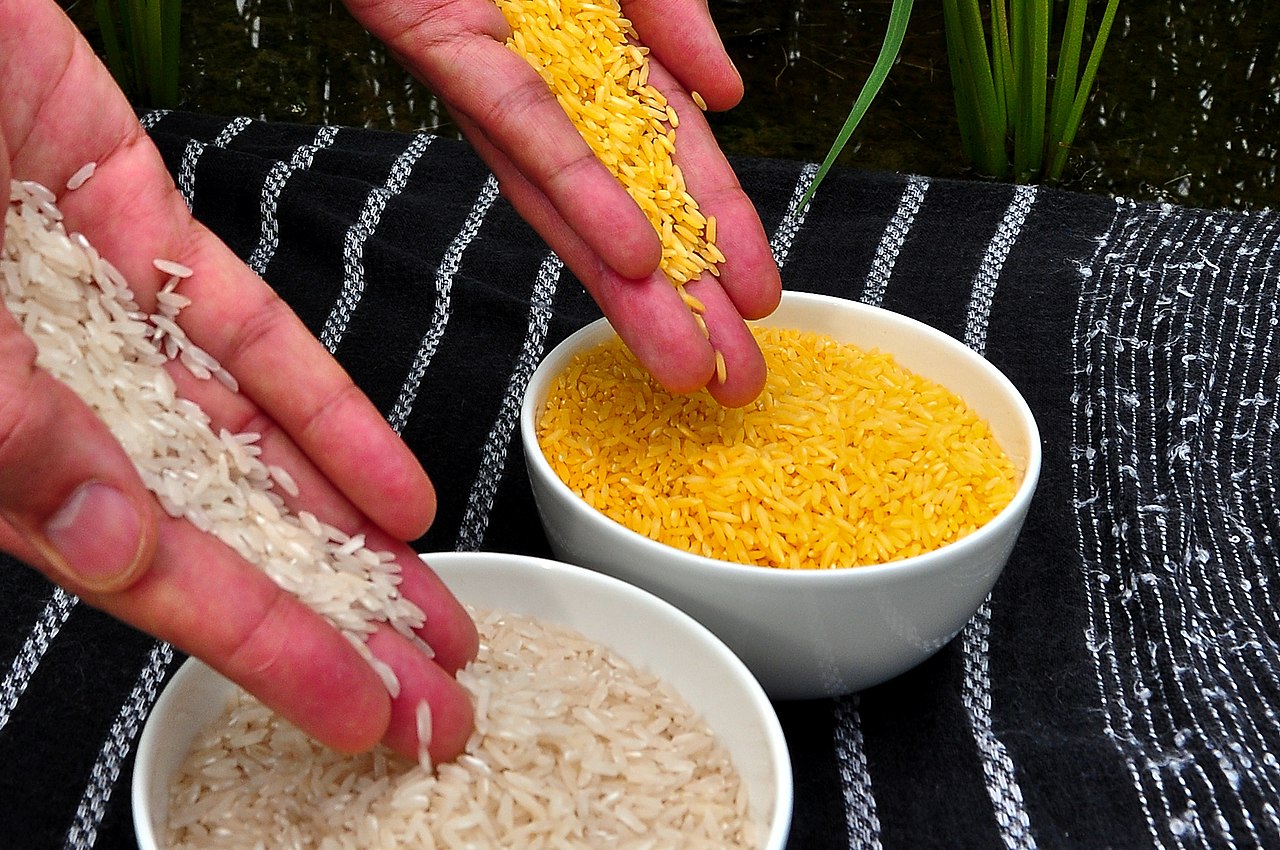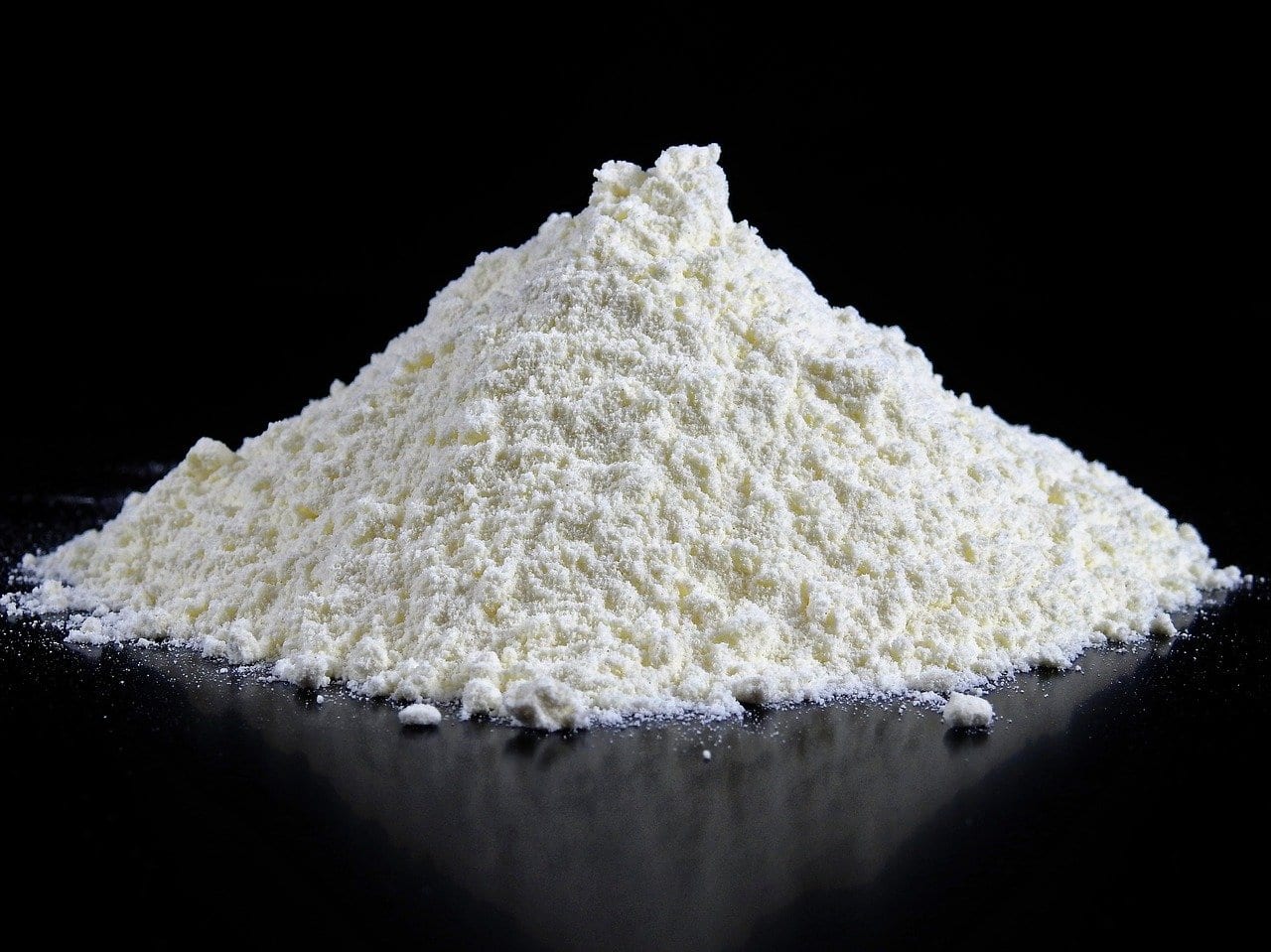El golden transgenic rice It has been in the arena for years. Its defenders predict a future without malnutrition thanks to the Genetically modified organisms. However, there are those who believe that opening the ban on genetic modification will bring serious damage to health and ecosystems. We examine both positions below. Would you try it? Do you think it is a good alternative in food?
What is GMO Golden Rice?
This rice is not just any rice. East transgenic rice has been modified by scientists to produce betacarotenos. Thanks to this it creates vitamin A. It has been classified as safe in Australia, New Zealand, Canada, United States and the Philippines. The latter is the only developing country where it is legal to market it.

It was modified by biologists from the Swiss Federal Institute of Technology (ETZ) And Freiburg University. They added twenty-three times more beta-carotene than natural rice has. These compounds are only present in the rice leaves in their lifelong version.
Utopian future
Its defenders highlight the nutritional benefits of this cereal. In poor countries, the population depends on rice as a staple food to survive. It contains little Vitamin A and, therefore, many children grow up with lacks this. Its deficiency produces immune weakness, blindness and other diseases.
It is estimated that each year they die half a million children in the world due to vitamin A deficiency. In the Philippines a fifth of children are deficient in this nutrient. Now that, after multiple studies, it is legal in the Asian country, it could save thousands of lives.
Greenpeace and its crusade against GMOs
Greenpeace he has never ceased to be fervently opposed. What's more, in 2016 one hundred ten Nobel laureates they wrote him a letter. In this they asked him to stop fighting a product that can save hundreds of thousands of lives. Despite this, he remains in his thirteen and has not changed his arguments.
The environmental organization assures that there is not enough scientific consensus on whether the golden rice it can fill gaps. In addition, it states that this food is the Troy Horse for governments to open the ban on genetic experimentation. It also ensures that it is just a patch of the true causes of malnutrition.

For the NGO, these are the poverty and lack of a healthy and balanced diet. For Greenpeace, governments should promote programs with which people with fewer resources reach a varied diet. Thus, they also propose to empower them to grow their own fruits and vegetables. They would do this through private or community gardens.
They also state that the transgenic rice can contaminate other rices during harvest, Services and distribution of this. They ensure that the seeds can mix and produce cross pollination. In this way, they would end up with species adapted to the climate in the rice fields.
Scientists response
In response to this letter from the scientific community, he stressed several important points. It is not opposed to genetic manipulation as such if it is done in a controlled environment. An example is the production of insulin through transgenic bacteria. What he opposes is the release of GMOs into the environment.
These can intersect and destroy the biodiversity, as we mentioned before. He also felt bad enough that the Nobel laureates accuse them of crimes against humanity. An interesting point to mention is that of patents. The ecologists assure that the regulation of the transgenics will produce that the multinationals take control of the patents as with the medicines.

In the case of transgenic rice golden that does not work like that. It was developed with public funds for use by anyone who does not intend to get rich. That is why it is a rice for humanitarian purposes. Any farmer who does not earn more than ten thousand dollars from its sale can plant it without paying the patent.
We leave your free choice opinion regarding the cultivation of this cereal. At least we have given you the main arguments of both points of view. Would you try the transgenic rice? Does it seem like a good crop for the future?






